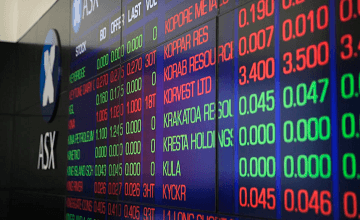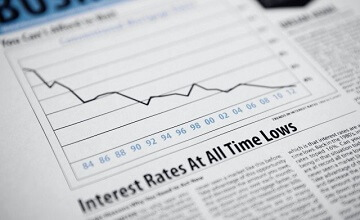It’s time to get focused on super in your 40s
Typically your forties is a time of established careers, teenage kids and a mortgage that is no longer daunting. There are still plenty of demands on the budget, but by this age there’s a good chance there’s some spare cash that can be put to good use. A beneficial sacrificeAt this age, a popular strategy for boosting retirement savings is ‘salary sacrifice’ in which you take a cut in take-home pay in exchange for additional pre-tax contributions to your super. If you are self-employed, you can increase your tax-deductible contributions, within the concessional limit, to gain the same benefit. Salary sacrificing provides a double benefit. Not only are you adding more money to your retirement balance, these contributions and their earnings are taxed at only 15%. If you earn between $90,001 and $180,000 per year that money would otherwise be taxed at 39%. Sacrifice $1,000 per month over the course of a year and you’ll be $2,880 better off just from the tax benefits alone. It’s important to remember that if combined salary sacrifice and superannuation guarantee contributions exceed $25,000 in a given year the amount above this limit will be added to your assessable income and taxed at your marginal tax rate. What about the mortgage?Paying the mortgage down quickly has long been a sound wealth-building strategy for many. Current low interest rates and the tax benefits of salary sacrifice, combined with a good long-term investment return, means that putting your money into super produces the better outcome in most cases. One caveat – if you think you might need to access that money before retiring don’t put it into super. Pay down the mortgage and redraw should you need to. Let the government contributeLow-income earners can pick up an easy, government-sponsored, 50% return on their investment just by making an after-tax contribution to their super fund. If you can contribute $1,000 of your own money to super, you could receive up to $500 as a co-contribution. Another strategy that may help some couples is contribution splitting. This is where a portion of one partner’s superannuation contributions are rolled over to the partner on a lower income. Your financial adviser will be able to help you decide if this strategy would benefit you. Protect what you can’t afford to loseWith debts and dependants, adequate life insurance cover is crucial. Holding cover through superannuation may provide benefits such as lower premiums, a tax deduction to the super fund and reduced strain on cash flow. Make sure the sum insured is sufficient for your needs as default cover amounts are usually well short of what’s required. Seek professional adviceThe forties is an important decade for wealth creation with many things to consider, so talk to us and we’ll help you make sure the next 20 years are the best for your super. This is general information only























